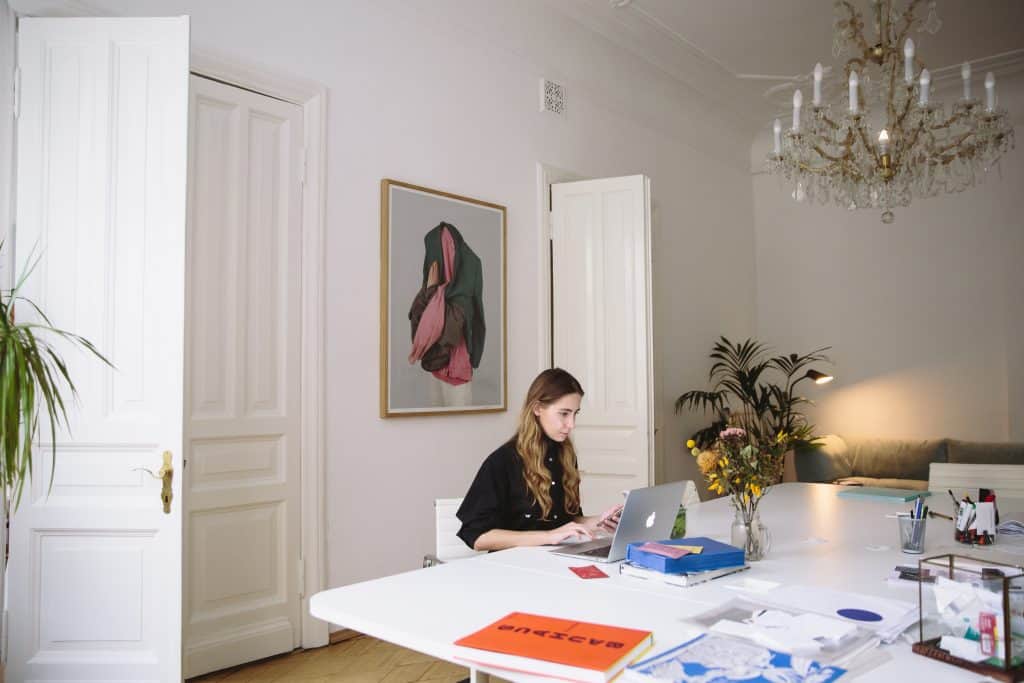No one would question that COVID-19 has had a major impact on business operations and trends this past year. There has been a dislocation of the workplace since COVID and there will be a realignment of the workforce. The pandemic has left a mark on the way we live and work. Unfortunately, many people wrongly assumed that it was a temporary setback and all would be back in a few months to “normalcy.”
We now know that there is a new “norm” that will be with us for the foreseeable future, at least as we move into 2021. In 2020, temporary changes to the work environment were done “on the fly” in most cases with no thought that these changes could become permanent. As we move into the second year of the pandemic and the modified work environment we need to do so with more planning and less reactive management.
HR’s Role in Going Forward
Human Resources has found itself in a unique position as we continue to weather the storm of the pandemic. It has become increasingly important in the planning of the changing work experience. Remote workers have different wants and needs than a cohesive team in an office space. Now that we know that these changes are not just going to be temporary, but have fundamentally changed the way business is conducted, we need to put more effort into planning, developing, and supporting remote workers.
HR Challenges in 2021
Recruiting and interviewing new hires is always a challenge but doing it remotely eliminates much of the nuance, body language, energy, and other signals that play a part in the hiring decision. Determining candidates’ skills and job fit remotely can be very difficult without some new additional training for the hiring person. Explaining the corporate culture and goals, which can be time-consuming, can also be difficult when doing remotely or via a virtual environment. Job-specific training without a support team present for questions can create a difficult atmosphere for a new employee and a patience-testing situation for a trainer tasked with bringing new employees up to speed.
Virtual interviewing and recruiting may allow employers to be able to hire talent more globally going forward. Human Resources departments or consultants need to be an integral part of the planning and design of these new policies and procedures.
Remote Working, Good or Bad?
We now know from the recent past that working from home or remotely is loved by some and not cared for by others. Employers need to realize that while some workers enjoy the flexibility and freedom of working from home, others truly need the social interaction of being a team member with people present. Employers need to be able to accommodate both kinds of employees. There are numerous employee perks to working remotely – no wasted time commuting, flexible schedules, and more free time to spend on non-work issues. However, several problems arise for our current remote workers: Many people have set up a temporary workspace on the dining room table or in the corner of a bedroom or living room.
To prepare for an ongoing work from home situation, a real professional workspace needs to be set up so that work can be the primary focus. The employer may need to help by providing hardware, office furniture, high-speed internet, mobile devices, and any additional needs of the employees to be able to do their daily tasks as if they were in the office. Even post-pandemic, a hybrid office (part-time remote) may become the standard workplace.
For employees who are less comfortable working remotely, support needs to be put into place so that they can interact with fellow workers when necessary and benefit from team learning. People need a connection to work and this is compromised when employees are not in an office. The boss and colleagues are out of sight most of the time; but in the office, they ARE accessible. The social aspect also needs to be reinforced through group online activities beyond work which could include online parties or learning activities such as virtual happy hours, painting, cooking classes, team building games, virtual fitness classes, etc.
Efficiency at Home?
Data must now be generated that can determine just how productive employees are when working remotely. Workers themselves need to be disciplined in both their work habits but also in creating a distinct line between work and personal time. Enthusiastic workers can find themselves continuing work functions into the evening or weekends. While this can be productive for the company, the employee’s mental health or sense of appreciation can suffer. Processes must be developed to help employees be productive but also to achieve a good work/life balance. Work-at-home boundaries are not always clear between employers and employees and it’s important to have good communication and transparency.
As we quickly approach the beginning of the New Year our emphasis needs to be on preparing and planning for the long-term effects of this major change in the way we work. We can no longer look at what has happened as a temporary adjustment to our working life. Even after the pandemic crisis is resolved many workers will have become used to the flexibility of working remotely and may resist having to be constrained in an office environment ever again. This could create a need to change the way your company normally conducts business. Planning for the next steps will be necessary for you to continue and to improve productivity.
Need HR Support?
We are here with Human Resource support. Tammy Klein, a qualified and knowledgeable HR Consultant can help you develop a plan for the new norm of working through the pandemic in 2021.
Have questions? Contact Tammy Klein:
Call: (305) 775-5640 or
Email: tammy@kleinhrsolutions.com
References:
https://www.beekeeper.io/blog/top-5-hr-trends/
https://gethownow.com/blog/5-hr-trends-you-need-to-know-for-2021/

